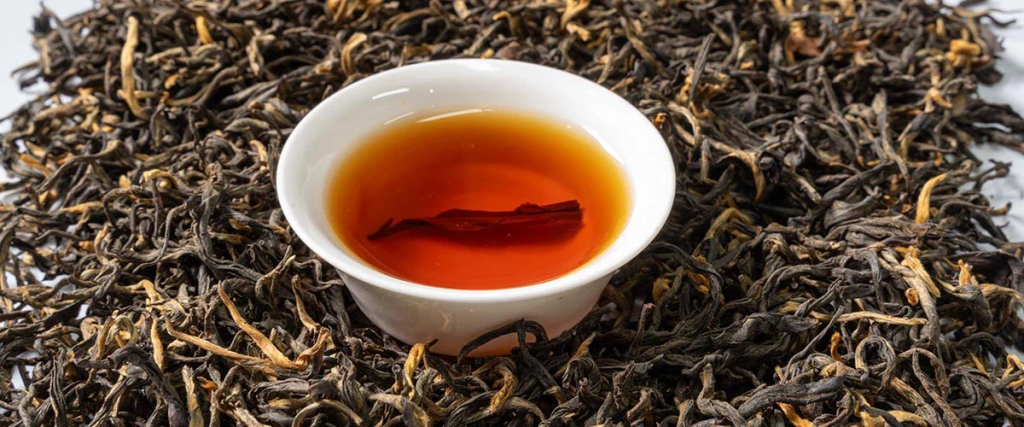Tea, an ancient and integral part of human culture, boasts a rich tapestry of types and varieties, each with its own unique characteristics and health benefits. Among these, yellow tea and dark tea share a fascinating connection that spans history, production methods, and even health-promoting properties.

Botanical Origins and Production
Both yellow tea and dark tea originate from the Camellia sinensis plant, a species native to China and widely cultivated for its tea leaves. However, the journey from the tea bush to the cup varies greatly for these two types of tea, resulting in distinct flavors and aromas.
Yellow tea is characterized by its unique processing method, which involves a process called “killing the green” (stopping oxidation) followed by additional oxidation and a special drying step known as “stacking” or “pile fermentation.” This fermentation process, which occurs under controlled conditions of heat and humidity, results in the leaves developing a unique yellow color and a mellow, slightly sweet flavor. The oxidation level of yellow tea is lower than that of fully oxidized black tea but higher than that of non-oxidized green tea.
Dark tea, on the other hand, undergoes a more complex and time-consuming production process. After plucking, the leaves undergo withering, fixing (killing enzymes to prevent further oxidation), rolling, and then a unique fermentation or post-fermentation step. This fermentation, often facilitated by microorganisms, gives dark tea its characteristic deep color, rich aroma, and earthy flavor. Some dark teas, such as Pu’er, undergo additional aging processes that can span decades, further evolving their taste and texture.
Historical and Cultural Significance
The history of tea in China is intertwined with the development of both yellow tea and dark tea. Yellow tea, with its mellow taste and unique processing method, has been valued for centuries, particularly in China’s Hunan and Sichuan provinces. It was once a favored beverage among emperors and nobility, known for its subtle sweetness and delicate aroma.
Dark tea, especially Pu’er, has played a significant role in trade and cultural exchange. For centuries, dark tea was a crucial commodity on the ancient Silk Road, traded between China and Central Asia, Europe, and even Africa. Its unique fermentation process and aging potential made it a highly sought-after commodity, appreciated for its complex flavors and potential health benefits.
Health Benefits
Both yellow tea and dark tea are renowned for their health-promoting properties. Yellow tea, due to its unique processing method, retains high levels of antioxidants, including catechins and epigallocatechin gallate (EGCG), which have been shown to support cardiovascular health, reduce inflammation, and potentially aid in cancer prevention. The additional fermentation process may also contribute to the production of unique compounds that have been studied for their digestive health benefits.
Dark tea, with its rich array of microorganisms and fermented compounds, has been studied for its potential to lower cholesterol levels, regulate blood sugar, and support weight management. The microorganisms involved in the fermentation process may also contribute to the probiotic benefits of dark tea, aiding in digestion and overall gut health.
Interplay in Tea Culture
Within the realm of tea culture, yellow tea and dark tea often coexist and complement each other. Tea enthusiasts appreciate the contrast between the mellow, slightly sweet notes of yellow tea and the robust, earthy flavors of dark tea. This diversity enriches the tea-drinking experience, allowing consumers to explore a range of tastes and textures.
Moreover, as tea culture evolves, there is a growing trend of blending yellow tea and dark tea to create unique and innovative tea blends. These blends can harness the best of both worlds, combining the antioxidants of yellow tea with the digestive benefits of dark tea to create a beverage that is both refreshing and healthful.
In conclusion, the connection between yellow tea and dark tea is multifaceted. Their botanical origins, historical significance, cultural importance, and health benefits all contribute to a rich tapestry of tea experiences. As tea lovers continue to explore and appreciate the diverse world of tea, the unique relationship between yellow tea and dark tea will undoubtedly remain a source of fascination and delight.



